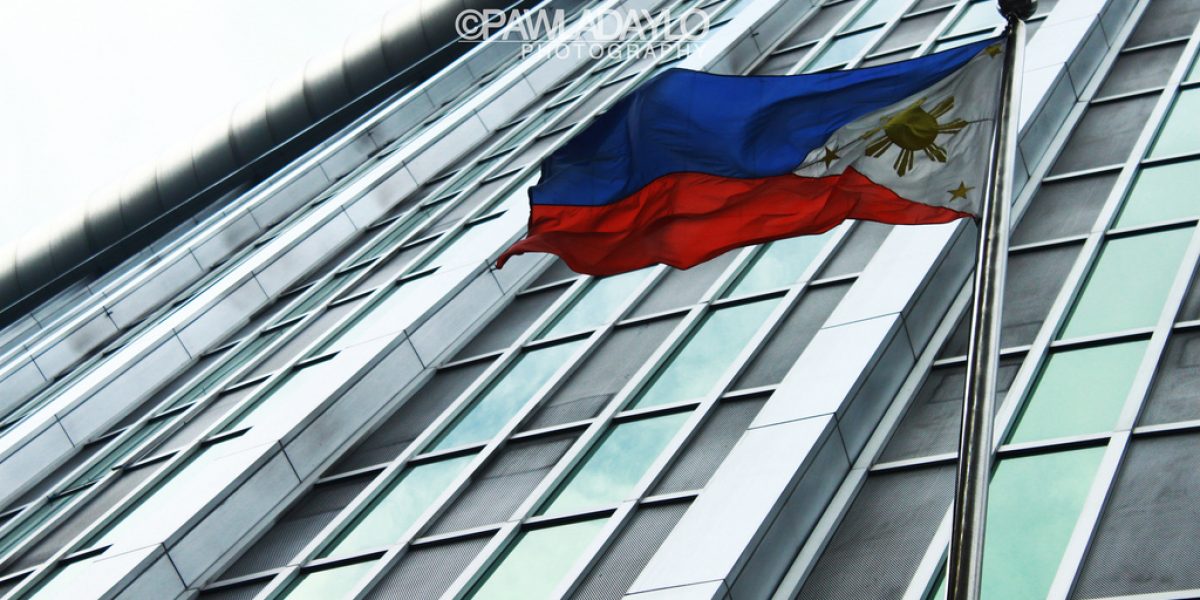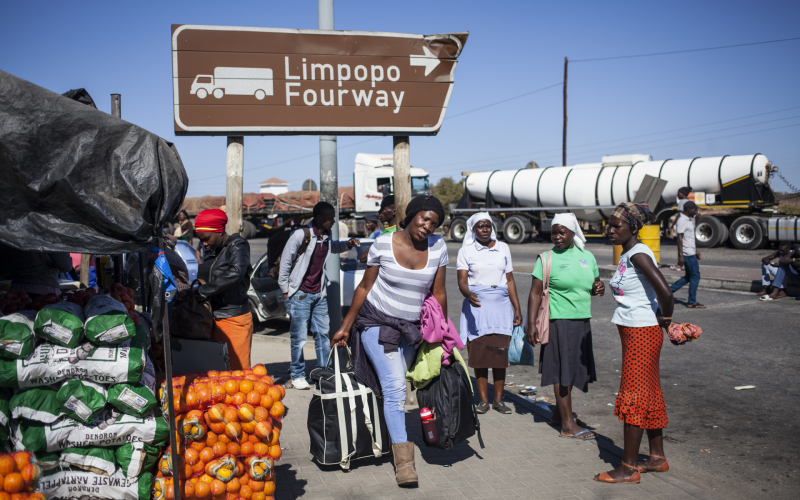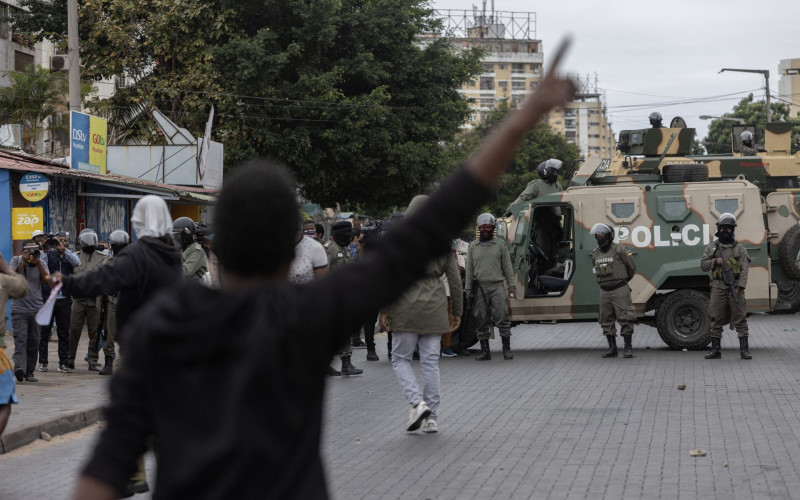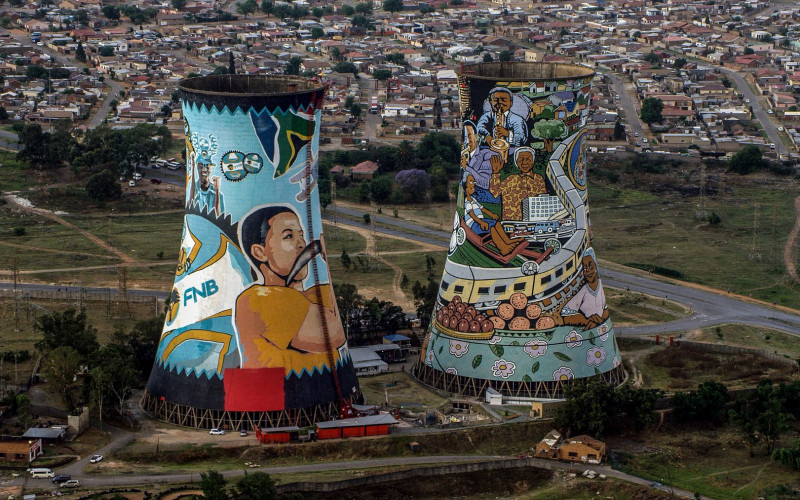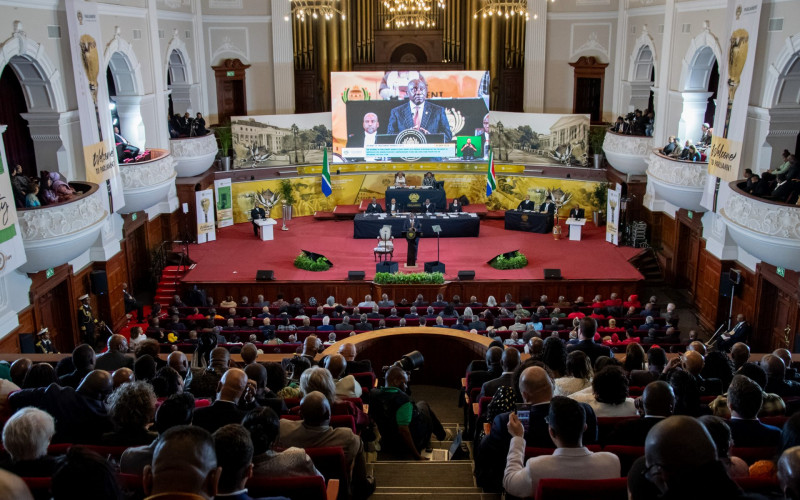The front-runner in provisional poll results, Benigno “NoyNoy” Aquino III, was declared the winner and was formally proclaimed President-elect by the House on 9 June and will assume office on 30 June. He obtained over 15 million votes as compared to the nearest of his seven opponents, Joseph Estrada, who received nearly 9,5 million.
A month-long visit to the Philippines in May 2010 funded by the Rotary Foundation provided me with a unique opportunity to observe at close quarters the run- up to the general elections, the election itself and the aftermath.
Election Day was 10 May and campaigning was in high gear up until the last minute. No less than 17888 positions were in contention. These ranged from president of the country, vice president, senators, members of the lower house, governors of provinces, and mayors and councillors of cities and towns across the country.
Elections in the Philippines have been notoriously corrupt, with candidates buying votes or disposing of their opponents. To quote the descriptive phrase I heard, “guns, goons and gold” determine the outcome of elections.
Candidates spend vast amounts of money on their campaigns and the question arises as to where the money comes from. Again a sharp phrase: “Special Operating Procedures”. Reportedly politicians in office demand kickbacks of between 10 and 50 per cent on tender prices for government projects. These stashes go towards funding their expensive campaigns. Costs include the printing the vast quantities of highly coloured banners that cover every possible space and every tree trunk with toothy air-brushed pictures of the candidates against backgrounds of their party colours.
Long parades of vehicles carrying candidates and their supporters, on the roofs if necessary, snake through towns and villages with music blaring and slogans shouted over public address systems, while all other traffic comes to a standstill.
This year to deal with persistent allegations in the past of electoral fraud during the counting of the vast number of ballot papers, the Electoral Commission (COMELEC) invested in machines imported from Spain that counted votes electronically. The completed ballots were fed into the Smartmatic PCOS (Precinct Count Optical Scanner) machines by voters themselves. At close of the polls the results were transmitted directly to election headquarters without human access
Although not official foreign observers, we were able to observe the polling places, located in schools, in the city of Naga. Long lines of voters waited patiently in the burning sun and even after the voting hours were extended by an hour, many were unable to vote. But as one voter said in typical Filipino fashion, “Don’t worry, don’t hurry and smell the flowers as you go.”
For the first time the results started to be announced within hours of the closure of the polls. Not everyone was satisfied that the election had been conducted honestly and hours of TV time were spent for days afterwards on debates and arguments involving spokesmen of COMELEC, candidates and commentators. Democracy in the Philippines is nothing if not vigorous.
One unsuccessful mayoral candidate was prepared to put up 7 million Philippine pesos to cover the cost of a recount. Reputedly she had spent a similarly large amount on buying votes to assure her re-election. Clearly the voters had taken the money and gone ahead to mark the names of the candidates of their choice on the ballot paper!
In terms of the constitution the Vice President is directly elected. The first upset that became apparent was that the front-runner for the presidential office, Aquino, would have to deal with a vice-president from a different party. His party running mate Manuel A Roxas, was defeated by Jejomar Binay, running mate of Estrada. This could add to the complexity of running an effective administration.
The presence of candidates from political dynasties was very apparent. Imelda Marcos, widow of deposed president Ferdinand Marcos, and most famous perhaps for her vast shoe collection, was elected to the House of Representatives, while Ferdinand “BongBong” Marcos Junior was elected as a senator, and a third member of the family, daughter Imee, will become governor of the family’s home province of Ilocos Norte on Luzon island.
Outgoing President Gloria Macapagal Arroyo, daughter of former President Diosdado Macapagal won a seat in the House of Representatives for a district of her home province of Pampanga, just north of Manila. Cynics surmise that this move is to protect her from prosecution on various corruption charges and to lay the groundwork for her future political ambitions. All manner of public works project all over the country bear the photo of the outgoing president to show how her patronage had brought a better life to her citizens.
The incoming president is himself the son of Benigno Aquino Jr and Corazon Aquino who successfully campaigned against Marcos and was elected to the presidency in 1986 after her husband was assassinated on his return to the Philippines in 1983. His critics claim that he has nothing to show for his term in the Senate and that he has relied on the goodwill attaching to the Aquino name.
Nevertheless he has promised to fight the endemic corruption in Philippine governance and to promote the foreign investment his country needs to close the vast gap that has developed between the wealthy and the poor segments of the society.
There are many similarities and parallels between the problems the political leaderships in the Philippines and South Africa face, such as corruption, closing the wealth gap between the rich and the poorest of the poor, upgrading of infrastructure, poor governance at local level, and the improvement of public education and health services. One problem that South African leaders do not have to face to the same extent is burgeoning population growth. In a country one quarter the size of South Africa, before provision is made for the many mountainous areas, the Philippines at last count had 92 million people.
The world will watch with interest as President Aquino and his new government set out to implement the promises he made during his election campaign.

